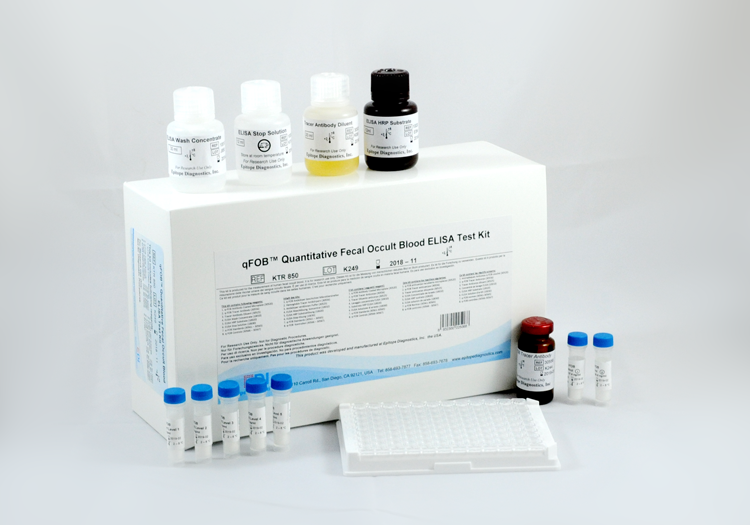Selected Literature
1. Brophy, Megan Brunjes; Nolan, Elizabeth M. (2015). "Manganese and Microbial Pathogenesis: Sequestration by the Mammalian Immune System and Utilization by Microorganisms". ACS Chemical Biology. 10: 150116125412006. -:10.1021/cb500792b. PMC 4372095
2. Costa, F., Mumolo, M. G., Ceccarelli, L., Bellini, M., Romano, M. R., Sterpi, C., Bottai, M. (2005). Calprotectin is a stronger predictive marker of relapse in ulcerative colitis than in Crohn's disease. Gut, 54(3), 364–368. doi:10.1136/gut.2004.043406
3. Gupta, Ramesh (2014). Biomarkers in toxicology. San Diego, CA: Academic Press. pp. 272–273. ISBN 9780124046498

